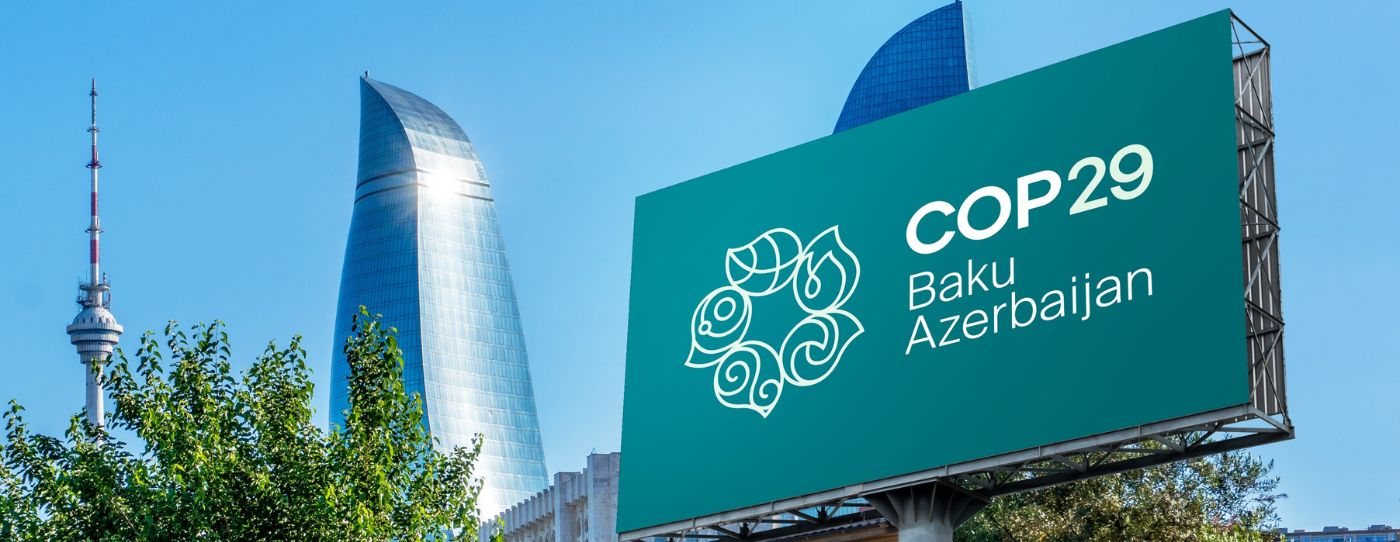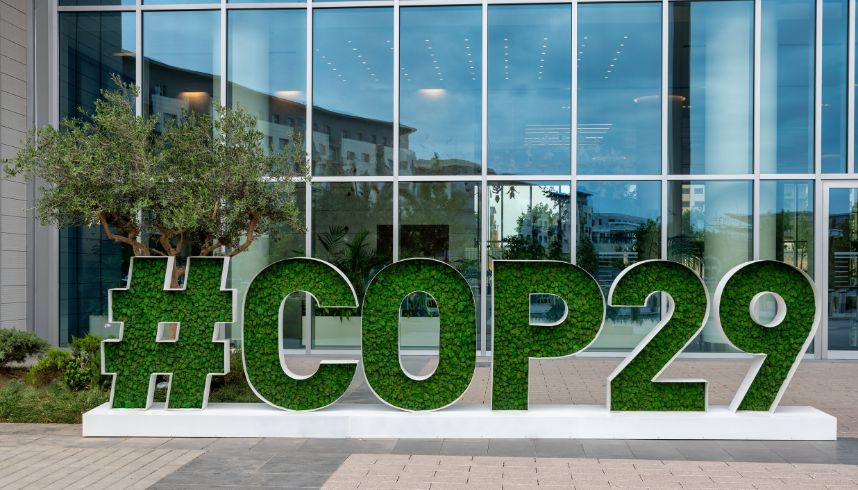
COP29: A Major Step for Climate Action in Baku
COP29: A Major Step for Climate Action in Baku
The 29th United Nations Climate Change Conference (COP29), a cornerstone of global climate action, took place in Baku, the capital of Azerbaijan. Held from November 11–22, the event attracted 72,000 participants from 169 countries, including heads of state and government leaders from 80 nations.
Known as the "Finance COP" for its emphasis on "climate finance," COP29 featured summits and sessions that set new agendas and ambitious targets. The conference followed a structured daily schedule, tackling key challenges in climate change and fostering international cooperation:
November 11: Opening Day
November 12–13: World Leaders’ Climate Action Summit
November 14: Finance, Investment, and Trade
November 15: Energy / Peace, Aid, and Recovery
November 16: Science, Technology, and Innovation / Digitalization
November 17: Rest Day; No Thematic Programming
November 18: Human Development / Children and Youth / Health / Education
November 19: Food, Water, and Agriculture
November 20: Urbanization / Transportation / Tourism
November 21: Indigenous Peoples / Gender Equality / Nature and Biodiversity / Oceans and Coastal Areas
November 22: Final Negotiations
The opening day of COP29 saw parties agree on the standards set forth in Article 6.4 of the Paris Agreement, paving the way for reliable and transparent carbon markets. Over the next two days, the World Leaders' Climate Action Summit conveyed powerful messages on advancing the fight against climate change.

Leaders Highlight Urgent Action in the Global Fight Against Climate Change
The first day of the World Leaders’ Climate Summit, a centerpiece of the COP29 agenda, stressed the critical need for swift and decisive action against climate change. United Nations Secretary-General António Guterres opened the summit with a stark reminder that the window to limit global warming to 1.5 degrees Celsius is rapidly closing.
“Time is not on our side. With the hottest day and month ever recorded, this year is almost certain to be the warmest in history. Natural disasters are causing severe harm to communities, infrastructure, and children, and human-induced climate change is amplifying these catastrophes. No nation is immune to the impacts we face,” Guterres warned, delivering a sobering assessment of the current climate crisis.
He emphasized the urgency of meeting the climate finance targets outlined at COP29, framing them as essential rather than optional. “Climate finance is not an act of charity; it is an investment. Climate action is not a choice; it is a necessity,” Guterres concluded, urging global leaders to act decisively.
Here are the key highlights from the first two days:
Eighty heads of state and government delivered official statements on their progress in advancing the Paris Agreement.
Significant steps were taken to prepare the Loss and Damage Fund for fund distribution by 2025.
Development banks committed to providing $170 billion annually for climate action by 2030.
Small Island Developing States, invited to COP29, highlighted priority issues such as improved access to climate finance.
Efforts to promote transparency were emphasized, with awareness raised about the importance of Biennial Transparency Reports and calls for early submissions.
The Director-General of the World Health Organization (WHO), in collaboration with the COP26–30 Presidencies, launched the "Continuity Coalition for Climate and Health."
Final Day Developments and Decisions Extended to Sunday
November 22 was designated as the final day of the COP29 agenda, marked as "Final Negotiations Day." The decision on climate finance, in particular, was eagerly awaited, especially by developing countries. This was due to the fact that developed countries had already met the goal of providing $100 billion in annual financial support to developing nations by 2023. The question of the new Collective Quantified Goal (NCQG) was still unresolved.
In this regard, the COP29 Presidency issued a statement on November 22, announcing that a consensus had been reached on revising the financial assistance from developed to developing countries. The statement highlighted the agreement to increase the annual financial support from $100 billion to $250 billion by 2035. It also called on all parties to collaborate in raising the total public and private finance provided to developing countries to at least $1.3 trillion annually by 2035.
There were many discussions and comments regarding the figures announced. However, the final decisions were shared on Sunday, November 24.
During the Closing Session on that day, the following decisions were made:
The financial assistance that developed countries must provide to support climate action in developing countries was set at $300 billion annually by 2035, an increase from the previously agreed $250 billion.
It was confirmed that the decade-long negotiations on high-integrity carbon markets under Article 6 of the Paris Agreement had been successfully concluded.
Article 6.4 of the Paris Agreement, which governs carbon trading and cooperation between countries, was approved. This is expected to reduce the costs of implementing Nationally Determined Contributions (NDCs) to up to $250 billion annually.
A decision was made to activate the long-awaited Loss and Damage Fund, supported by Small Island Developing States, least developed countries, and developing nations.
Under Article 13 of the Paris Agreement, a decision was made to develop Biennial Transparency Reports (BTRs) to assist in capacity-building efforts in developing countries.
Essential documents were approved, including strategies for Gender and Climate Change, the Global Adaptation Goal, the Sharm El-Sheikh Mitigation Goal, and the Implementation